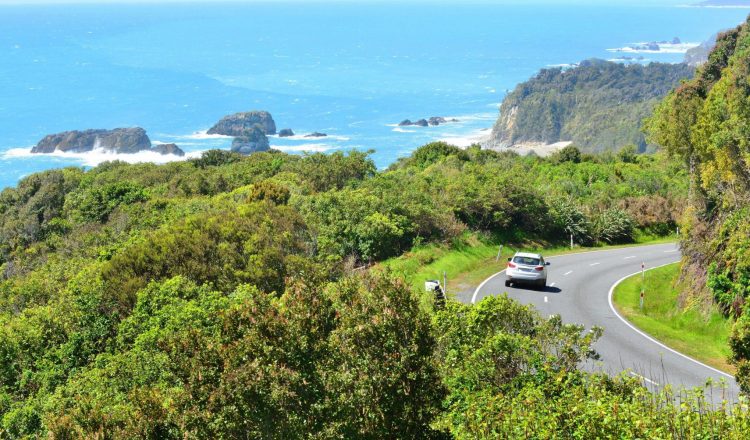도로 사용자 요금
뉴질랜드의 도로를 이용하는 사람은 누구나 도로 유지에 기여해야 합니다. 대부분의 도로 이용자들은 연료값으로 세금을 내지만, 디젤(경유) 소형차, 트럭, 중형차를 모는 운전자들은 RUC(Road users charges, 도로 이용자 요금)을 지불합니다.
RUC 수익은 국토교통기금(NLTF, National Land Transport Fund)에서 거둡니다. NLTF는 도로 개선 및 유지관리, 대중교통, 도로 안전, 보행 및 자전거에 기금을 사용합니다.
RUC는 누가 내는가
- 총 적재 중량 3.5톤 이상
- 디젤 등 같이 원천적으로 과세되지 않은 연료 사용
원천 과세되는 연료는 다음과 같습니다.
- 휘발유
- 압축천연가스(CNG)
- 액화석유가스(LPG).
RUC 지불 방법
RUC을 지불하려면 차량의 RUC중량 및 RUC차량 유형에 따라 RUC 라이센스를 구입해야 합니다.
- 대부분의 디젤 자동차, UTE, 밴의 경우 1,000km 단위(또는 1,000의 배수)로 구입하는 거리 라이센스가 필요합니다. 이전 라이센스로 주행할 수 있는 거리를 모두 사용하기 전에 새 라이센스를 구입해야 합니다.
영구 RUC 중량보다 무거운 짐을 운반해도 된다는 허가가 있는 경우:
- 추가 면허를 신청, 또는
- 견인 차량을 H유형으로 변경
디젤 차량을 구입하기 전에
차량에 현재 RUC 라이센스가 있는지 확인하세요. 현재 RUC 라이센스가 없는 차량을 구입하는 경우, 라이센스 없이 주행한만큼에 대한 책임을 져야 합니다.

















































